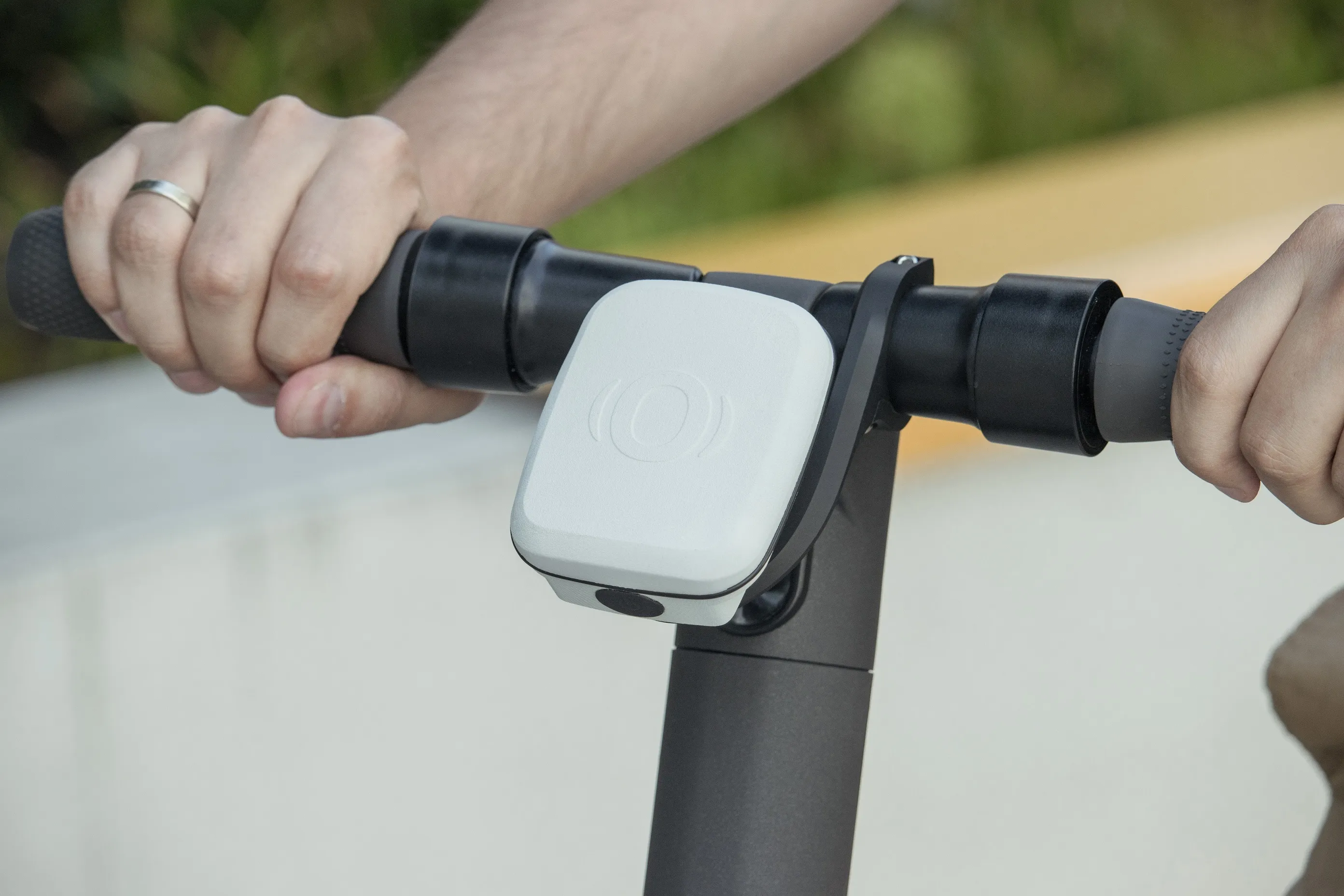
A study by the US National Highway Traffic Safety Administration (NHTSA) has confirmed that when drivers can see police are on hand to enforce the laws of the road, safety improves.
The synthesis of existing research examined data across 80 studies on the relationship between high visibility enforcement (HVE) and safety outcomes.
It focused on seatbelt wearing, speeding and drunk, distracted and aggressive driving - and showed that seat belt use rates increase an average of 3.5 percentage points with an HVE campaign.
One additional checkpoint per 100,000 people per week increased the belt use rate by 0.76 percentage points, according to the analysis.
The study was conducted by the National Cooperative Research and Evaluation Program, a federal research initiative managed by NHTSA and Governors Highway Safety Association (GHSA).
They say even relatively small increases in the belt use rate can translate to hundreds of lives saved: the federal 'Click It or Ticket' campaign has seen belt use rise from 58% in 1994 to more than 90% in 2020.
"But alarmingly, after years of steady progress, that rate fell slightly in 2020 during the first year of the Covid-19 pandemic when many police departments reduced traffic enforcement," the organisations say in a statement.
“This study reinforces the need for equitable traffic enforcement focused on the most dangerous driving behaviors,” said GHSA executive director Jonathan Adkins.
“Over the past two years, traffic enforcement has declined in many parts of the country while traffic deaths surged.”
The study also found that HVE campaigns focused on distracted driving, drink-driving and speeding led to a reduction in hand-held phone use, lower rates of drunk driving crashes and citations, and decreased speeds in workzones, respectively.
“Enforcement alone will not solve the traffic safety crisis,” warns Adkins.
“We cannot simply enforce, build, design or educate our way out of this problem. The Safe System necessitates a comprehensive approach for achieving our collective goal of zero traffic deaths, including equitable enforcement that focuses on risky driver choices that endanger all road users.”









